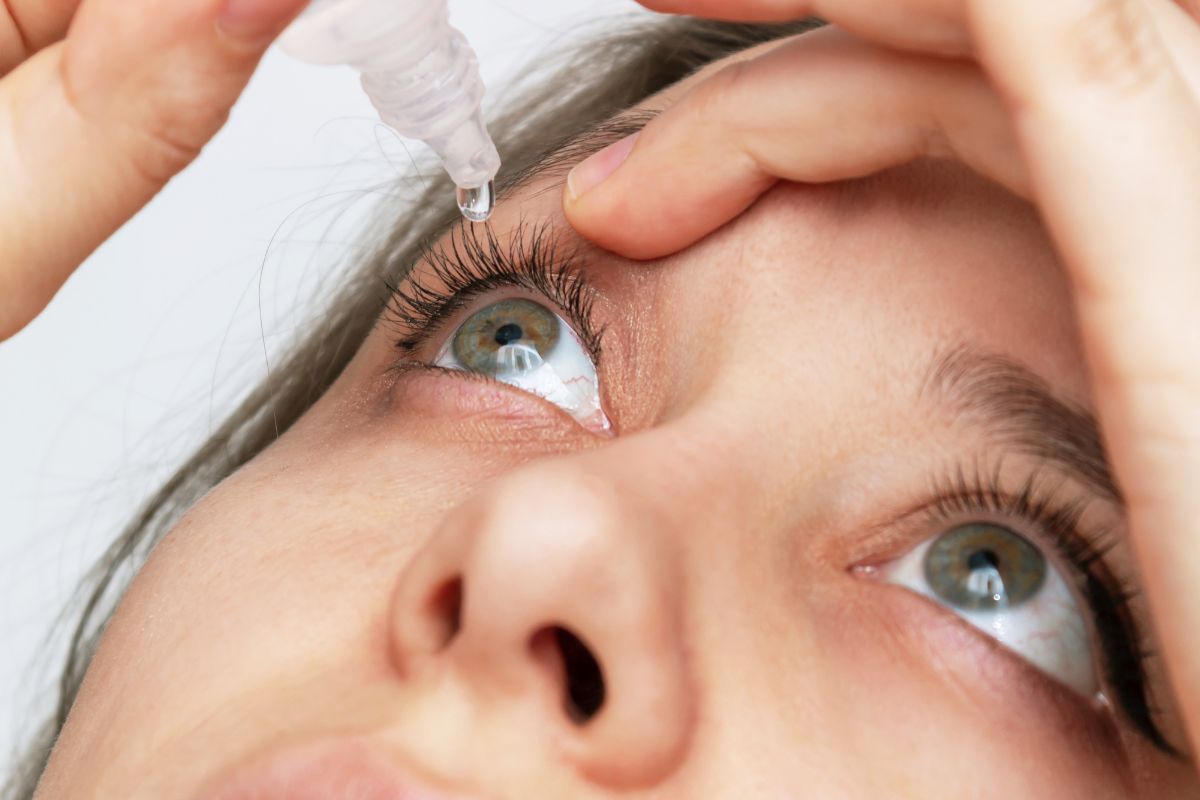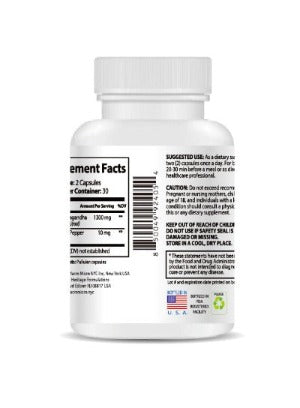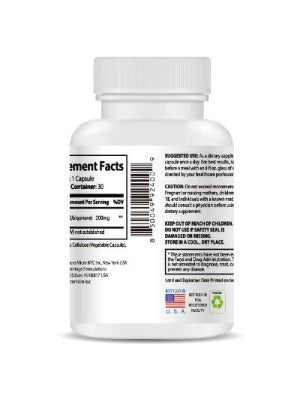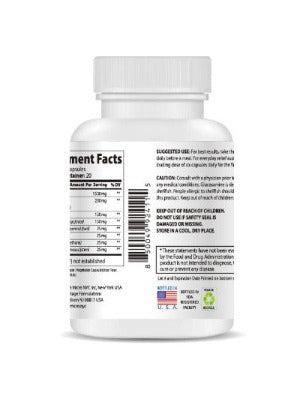Dry Eye Symptoms in Contact Lens Wearers: Prevention Tips and Advanced Solutions for 2025
In today's fast-paced world, the reliance on contact lenses for clear vision is undeniable. Millions of individuals across the globe depend on contact lenses for optimal visual acuity, enhancing their daily lives and professional endeavors. However, this convenience often comes with a common, yet often underestimated, side effect: dry eyes. The discomfort and potential vision impairment caused by dry eye symptoms can range from mild irritation to significant visual disturbances, significantly impacting daily activities and overall quality of life. This comprehensive guide delves deep into the complexities of dry eye symptoms specifically in contact lens wearers, providing a wealth of preventative strategies, and exploring advanced solutions available in 2025, empowering you to take control of your eye health.
Understanding the Complex Interplay Between Contact Lenses and Dry Eyes: A Deeper Dive
The relationship between contact lens wear and dry eye is far more intricate than initially perceived. The very nature of contact lenses—their direct interaction with the eye's delicate surface—plays a crucial role in the development of dry eye symptoms. Several interconnected factors contribute to the heightened susceptibility to dry eyes among contact lens users:
- The Compromised Tear Film: Contact lenses inevitably interact with the tear film, a vital component responsible for lubricating and protecting the ocular surface. This interaction can disrupt the delicate balance of the tear film, leading to a reduction in tear production, accelerated tear evaporation, and an overall instability of the tear film.
- The Impact of Lens Material and Design: The composition of the contact lens material itself can play a significant role. Certain materials are more absorbent than others, potentially leading to increased water absorption from the tear film and further contributing to dryness. The design of the lens, such as its edge profile and overall fit, can also influence the tear film dynamics and contribute to the development of dry eye symptoms.
- Environmental Factors and Their Influence: Environmental conditions significantly impact the ocular surface and exacerbate dry eye symptoms. Exposure to air conditioning, central heating, wind, and other environmental stressors can accelerate tear evaporation and further disrupt the delicate balance of the tear film. Smoky or polluted environments also increase the risk of irritation and dryness.
- Prolonged Wear and Its Cumulative Effects: Extended wear contact lenses, while offering convenience, unfortunately increase the cumulative stress on the ocular surface. Compared to daily disposable lenses, extended-wear lenses have a higher likelihood of contributing to dry eye symptoms due to prolonged interaction with the tear film.
- Individual Variations and Underlying Conditions: It's crucial to understand that individual variations exist. Pre-existing conditions such as Meibomian gland dysfunction (MGD), which affects the oil glands in the eyelids, can predispose individuals to dry eyes, and this risk is amplified with contact lens use. Similarly, other underlying health conditions or medications can increase susceptibility to dry eye symptoms.
Recognizing the Subtle and Overt Signs: A Comprehensive Guide to Dry Eye Symptoms
The symptoms of dry eyes can manifest in a wide spectrum of severity, ranging from subtle discomfort to debilitating vision impairment. Early detection and intervention are essential for effective management and preventing long-term complications. Common symptoms include:
- The Burning and Stinging Sensation: A persistent burning or stinging sensation is a hallmark symptom of dry eye. This sensation can range from a mild irritation to a sharp, intense burning that significantly impacts comfort and visual function.
- Itching and Irritation: Intense itching and overall irritation of the eyes are frequently reported by those suffering from dry eyes. This can lead to constant rubbing, which, unfortunately, often worsens the condition.
- The Foreign Body Sensation: Many individuals describe experiencing a constant feeling of having something in their eye, even in the absence of any foreign object. This persistent discomfort can be very distracting and annoying.
- Paradoxical Tearing: Ironically, excessive tearing can be a symptom of dry eyes. The body's compensatory mechanism attempts to alleviate dryness by producing more tears, resulting in watery eyes, which paradoxically coexist with dryness.
- Fluctuating Vision and Blurring: The uneven distribution of the tear film, disrupted by dryness, directly impacts visual clarity, resulting in blurred vision, fluctuating vision quality, or difficulty focusing.
- Eye Fatigue and Strain: Dry eyes contribute significantly to eye fatigue, especially after periods of prolonged screen time, reading, or close-up work. The discomfort and strain can lead to headaches and overall discomfort.
- Light Sensitivity (Photophobia): Dry eyes often increase sensitivity to light, making bright environments uncomfortable and causing discomfort and light sensitivity.
- Mucus Production: The presence of stringy or thick mucus in the eyes often indicates a more severe form of dry eye disease. This warrants prompt medical attention.
Proactive Strategies: Prevention and Mitigation Techniques
While the discomfort of dry eyes can be significant, proactive steps can greatly minimize the risk and severity of symptoms. A multi-pronged approach combining lifestyle adjustments and practical strategies is often most effective:
- The Importance of Frequent Blinking: Consciously increasing blink frequency is crucial. Blinking helps spread the tear film evenly across the ocular surface, maintaining lubrication and preventing dryness. Prolonged screen time often leads to decreased blinking, so taking breaks and consciously blinking are essential.
- Hydration: The Cornerstone of Tear Production: Adequate hydration is paramount. Dehydration directly impacts tear production, exacerbating dryness. Drinking plenty of water throughout the day is crucial for maintaining optimal tear film health.
- The Use of Artificial Tears: Over-the-counter artificial tears, available in various formulations, provide effective lubrication. Consulting your eye doctor to determine the most suitable type for your needs is recommended.
- Environmental Controls: Minimizing exposure to environmental stressors is crucial. These include air conditioning, central heating, wind, and smoky environments, all of which can accelerate tear evaporation.
- Maintaining Impeccable Contact Lens Hygiene: Thorough cleaning and proper storage are essential. Contaminated lenses can introduce irritants to the eye and worsen dry eye symptoms.
- Strategic Breaks and Screen Time Management: Frequent breaks from screen time are crucial to reduce eye strain and promote adequate blinking. The 20-20-20 rule—taking a 20-second break to look at something 20 feet away every 20 minutes—is a widely recommended technique.
- Ergonomic Workspace Optimization: Creating an ergonomic workspace with appropriate lighting and monitor placement reduces eye strain and fatigue, contributing to better eye health.
- Exploring Advanced Contact Lens Options: Discussing alternative contact lenses with your eye doctor can make a significant difference. Certain lens materials and designs are better suited to minimize dry eye symptoms.
Advanced Solutions for Dry Eye Relief in 2025
The landscape of dry eye treatment has evolved significantly. In 2025, we have access to advanced solutions providing targeted relief. One such innovation is the Wise Quest Soothing Eye Patches. These patches harness the power of traditional Chinese herbal medicine, offering a unique approach to soothing eye fatigue, dryness, astringency, redness, and swelling. By promoting healthy blood circulation, they alleviate discomfort and contribute to the overall well-being of the eyes. The convenient and effective nature of these patches makes them a valuable addition to any dry eye management strategy.

Beyond the patches, advancements in artificial tears, eyelid hygiene techniques, and even in-office procedures offer additional avenues for relief. Always consult your eye doctor to determine the most appropriate course of action based on your individual needs and the severity of your symptoms.
Conclusion: A Holistic Approach to Long-Term Eye Health
Managing dry eye symptoms effectively requires a multifaceted approach. By incorporating the preventative measures and actively utilizing advanced solutions like the Wise Quest Soothing Eye Patches, individuals can significantly enhance their eye comfort and overall quality of life. Remember, consistent proactive care is key, and regular consultations with your eye doctor are crucial for personalized recommendations and ongoing monitoring. Don't let dry eyes compromise your vision or daily activities; take control of your eye health and embrace a future with clearer, more comfortable vision.









